1913 in color: What the world was like 100 years ago
Categories: History
By Pictolic https://pictolic.com/article/1913-in-color-what-the-world-was-like-100-years-ago.htmlLet's fast forward to 1913. This year was certainly a landmark, the last year of the Old World, the Belle Epoque, on the eve of the catastrophe of the First World War, which will open a new era in the history of mankind. For the Russian Empire, this was the last peaceful year, with the indicators of which the achievements of the Soviet state will then be compared.
(Total 34 photos)

Source: visualhistory
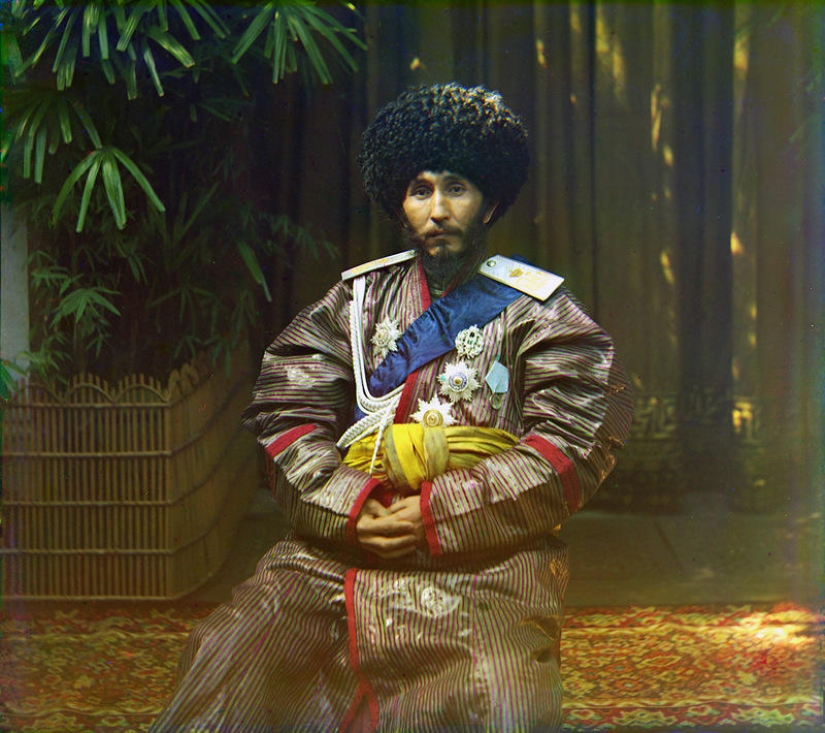
1. The main event of the year for Russia was the magnificent celebration of the 300th anniversary of the Romanov dynasty. According to a number of sources, S.M. Prokudin-Gorsky filmed these celebrations in color not only photographically, but also on film. Unfortunately, the results of his work disappeared without a trace after 1917, of all the footage, only portraits of the Khiva Khan Seyid Asfendiar-Bogadur, made in the Winter Palace on February 21, 1913, at a reception on the occasion of the anniversary of the dynasty were taken abroad
Unfortunately, in 1913, Prokudin-Gorsky had already abandoned his grandiose project of documenting in the color of the Russian Empire and filmed only on special occasions. In particular, he captured in detail the Second All-Russian Handicraft Exhibition, which was held in St. Petersburg in 1913.
Here are some of the most interesting pictures.
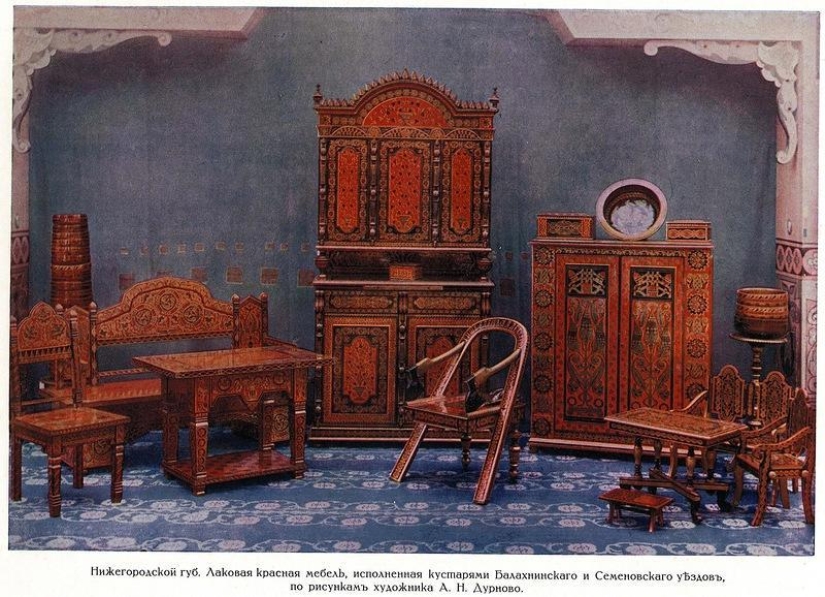
2. Furniture in the Russian style from the Nizhny Novgorod province
Pay attention to the chair! It would suit some kind of dictator.
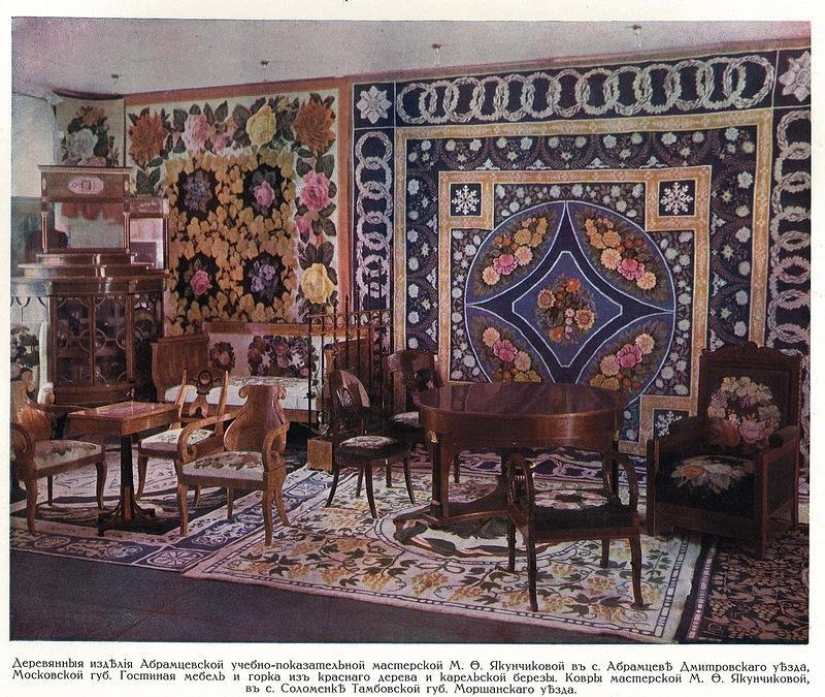
3. The furniture of the Abramtsevo workshop is already, rather, in the international style of that time
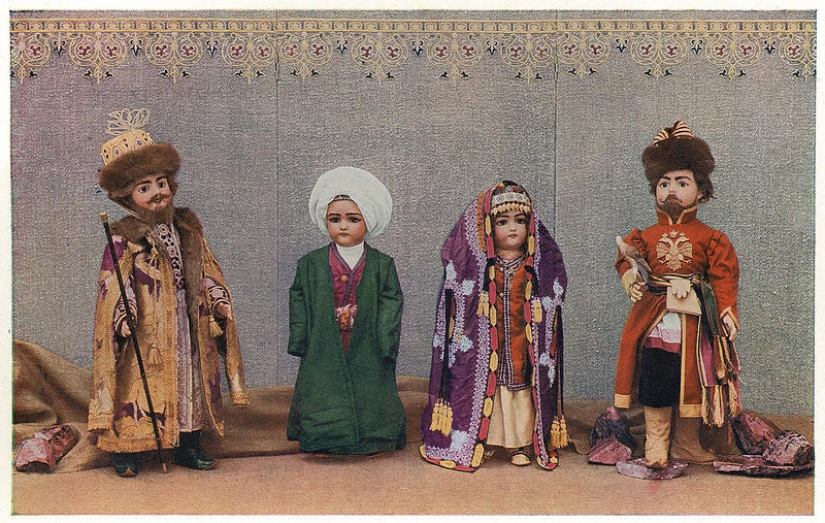
4. Toys for the 300th anniversary of the Romanov dynasty
In exactly the same costume as on the doll on the right, Nicholas II was photographed during the celebrations.
A couple more color photographs of Russia in 1913 can be seen from the French photographer Stéphane Passet, who in 1913 made his second trip to Mongolia and China.

5. Two Buryat riders in Troitskosavsk, a county town in the Trans-Baikal region, 4 versts from the Chinese border
Such a wilderness, and the street lamp is electric!

6. Two Cossack soldiers in Urga
Alas, there is nothing more to show in color in Russia for 1913. I hope there will be more in time.
Russian soldiers in the Mongolian Urga (now Ulaanbaatar) the Frenchman removed not by chance. In 1913, Mongolia became a protectorate of the Russian Empire. This was a very short period.
Stunning color photographs of Mongolia in 1913. Therefore, here we present only the most impressive, for the contrast of the era.

7. Here is the Mongolian portable prison
According to the caption, this woman was sentenced to death by starvation.
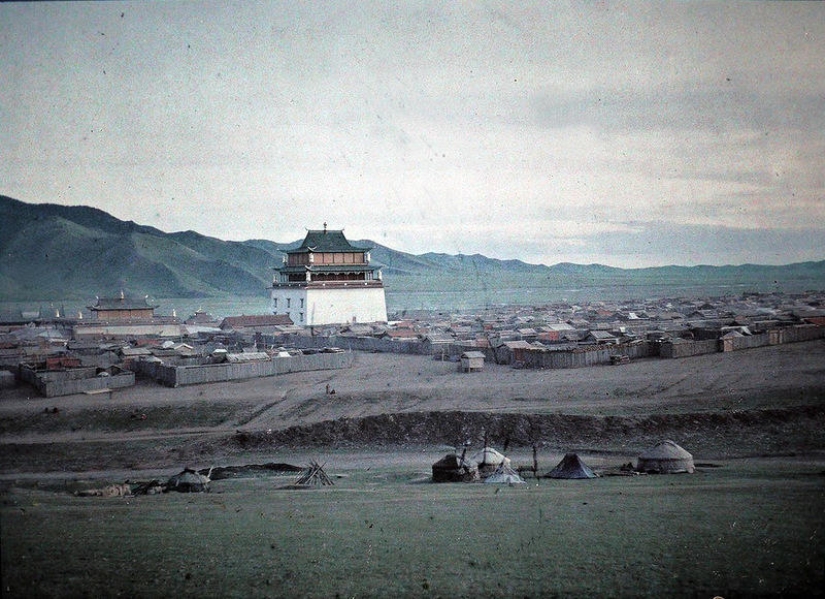
8. The Mongols then were, like 1000 years before, a purely nomadic people. The role of the capital was played by a large camp of nomads, formed around the Buddhist monastery in Urga
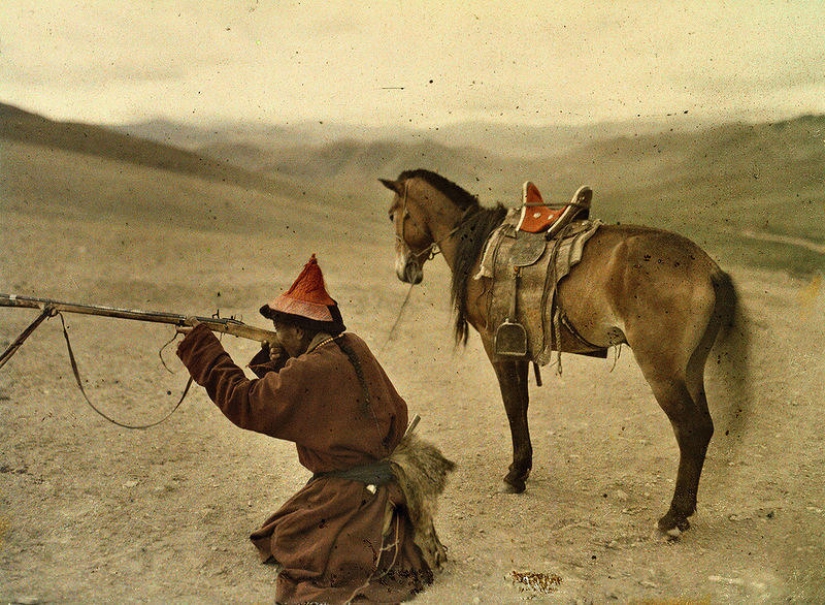
9. Mongol hunter in the vicinity of Urga
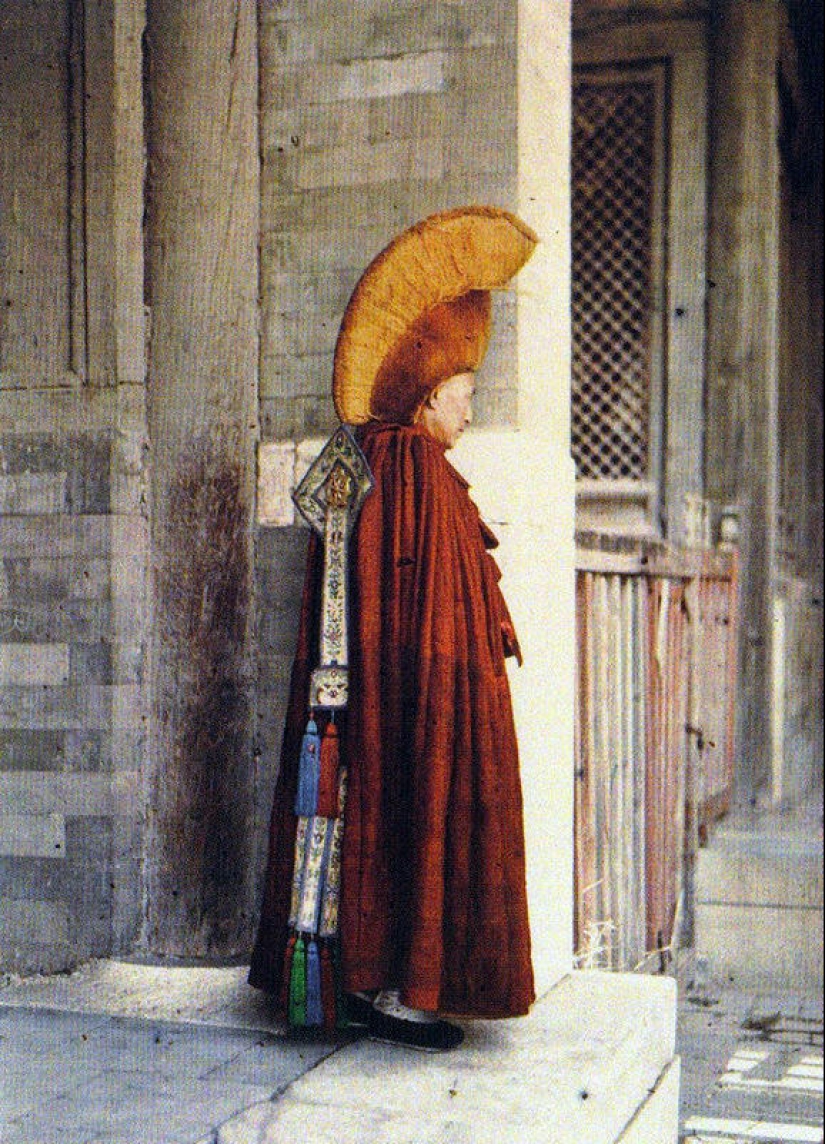
10. Buddhist monk in Beijing May 26, 1913, Stefan Passe
Although 1913 was a relatively peaceful year in the "powder magazine of Europe", the Balkans were already on fire. First, a coalition of Balkan countries took away from the Ottoman Empire its last possessions almost to Constantinople itself, then yesterday's allies grappled with each other. Therefore, we show here only a few pictures.
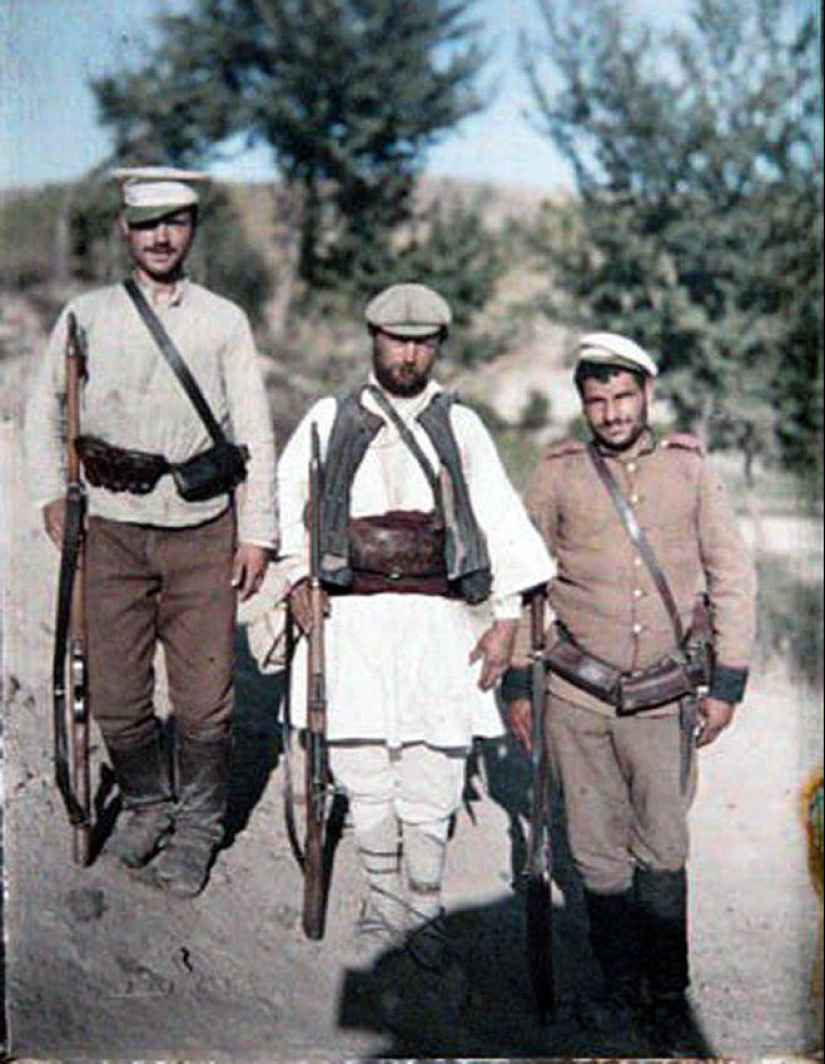
11. Bulgarian soldiers participating in the Balkan wars, 1913
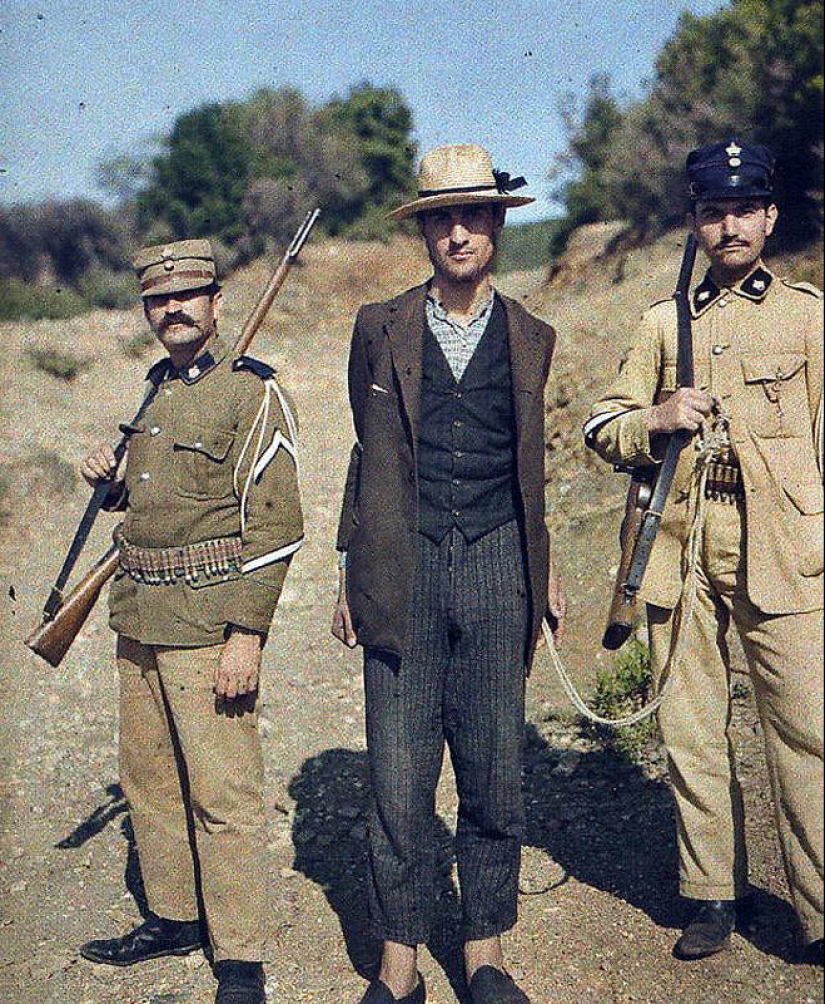
12. The Greeks caught a spy in the region of Mount Athos
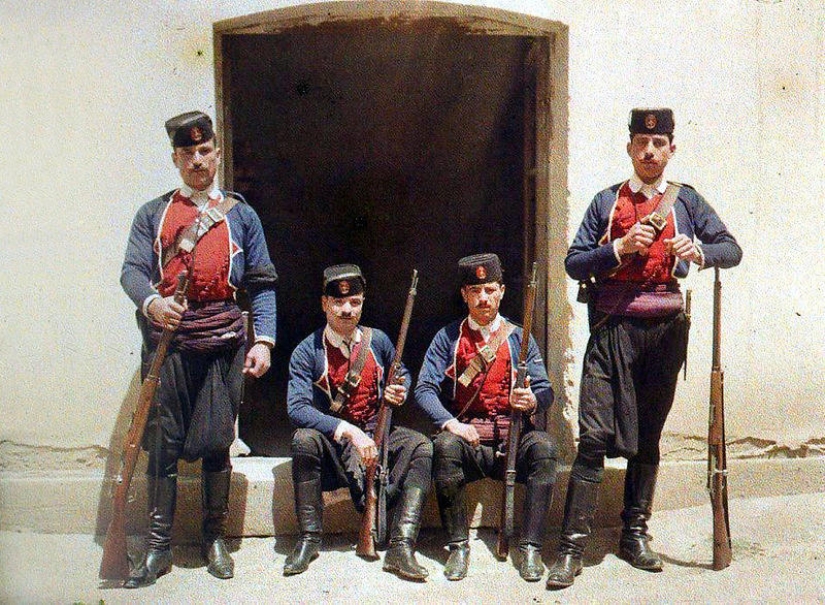
13. Greek military, 1913
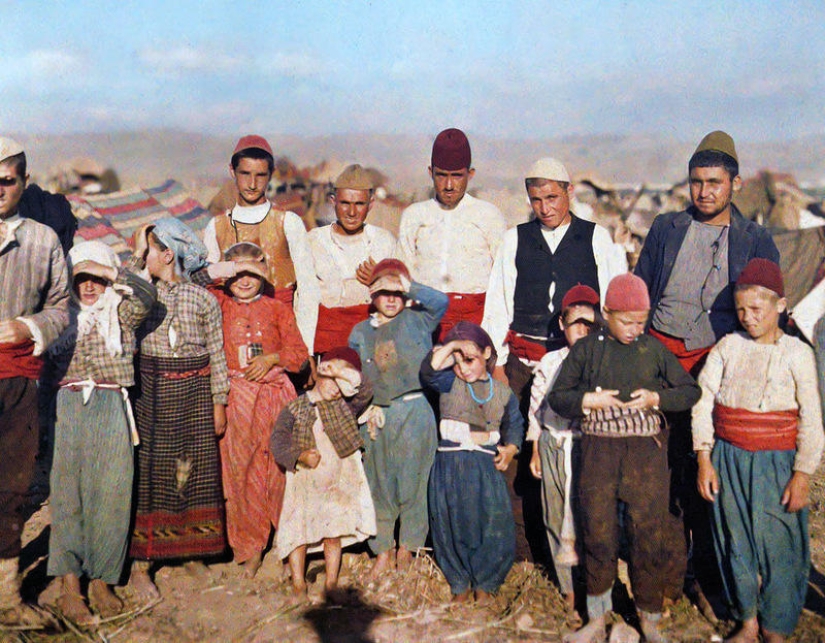
14. Refugees from the Turkish population of Adrianople (Edirne), who left the city when the Bulgarian army approached

15. The city of Melnik in Bulgaria. Refugees from the Ottoman Empire after the Balkan War

16. The Greek city of Thessaloniki, 1913
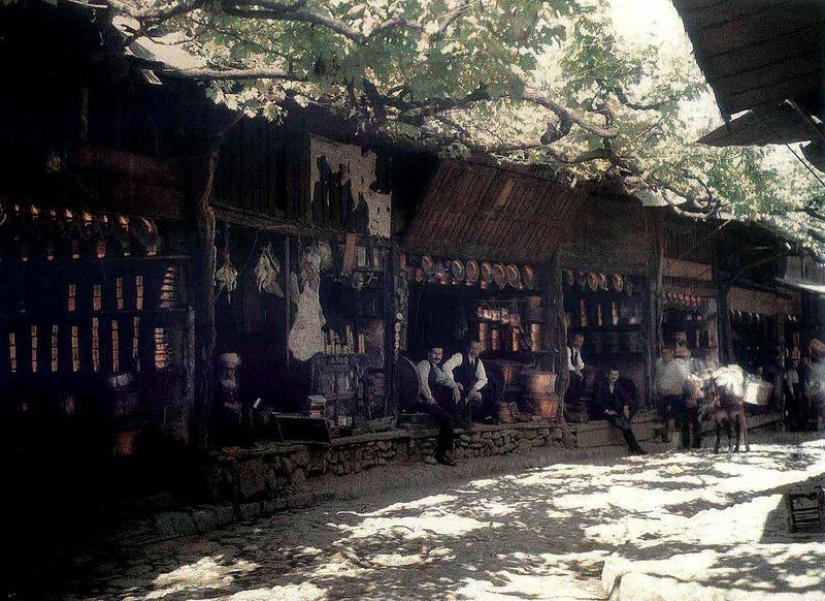
17. Shopping street in the Turkish city of Bursa
In general, 1913 turned out to be exceptionally rich in ethnographic color photography, thanks to the project launched in 1912 by the banker and philanthropist Albert Kahn, who decided to capture the whole world on autochrome plates.
A very interesting color photo essay was made in Ireland in 1913. Then it was a disenfranchised English colony, with a dying population and hopeless poverty in the villages. At the same time, rural residents, to a much greater extent than urban ones, by that time retained traditional Irish culture.
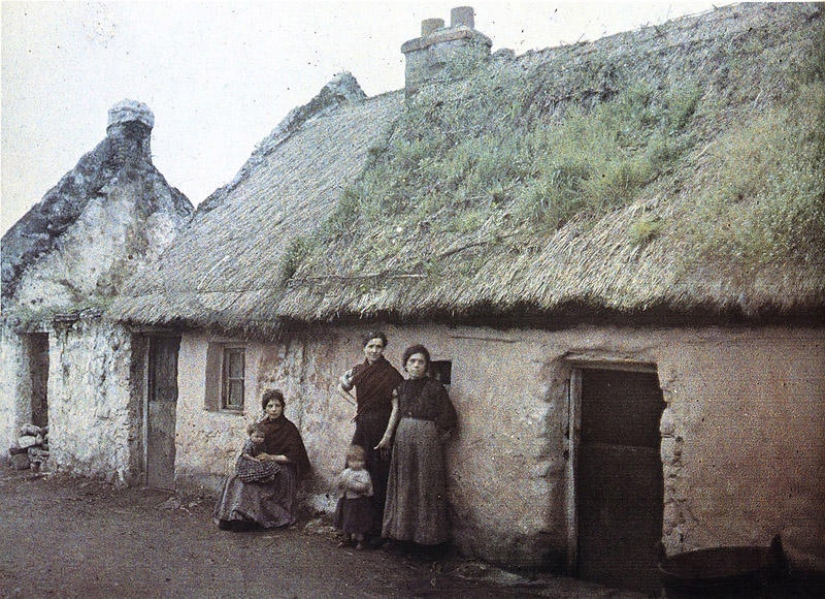
18. Photographers (Mespoulet and Mignon) saw this Irish outback in 1913
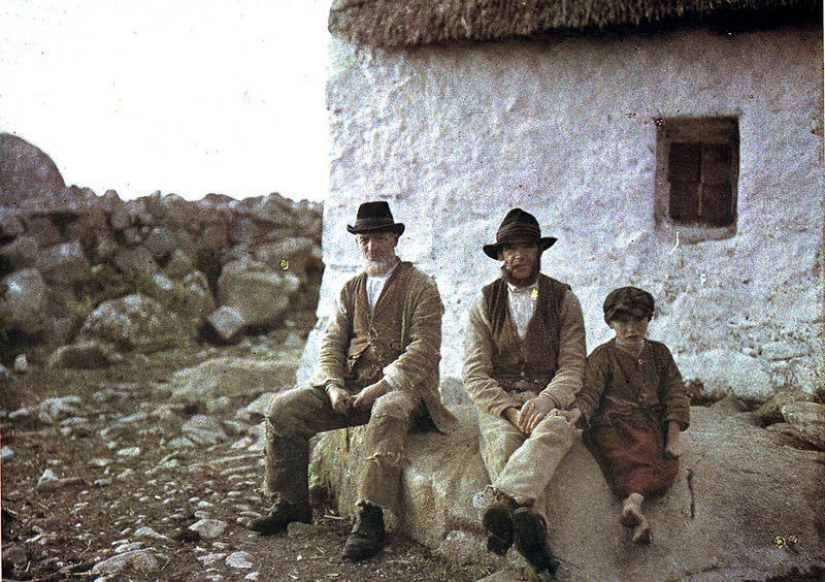
19. Irish Peasants

20. A girl in an old Irish costume
However, in England itself there were poor villages.
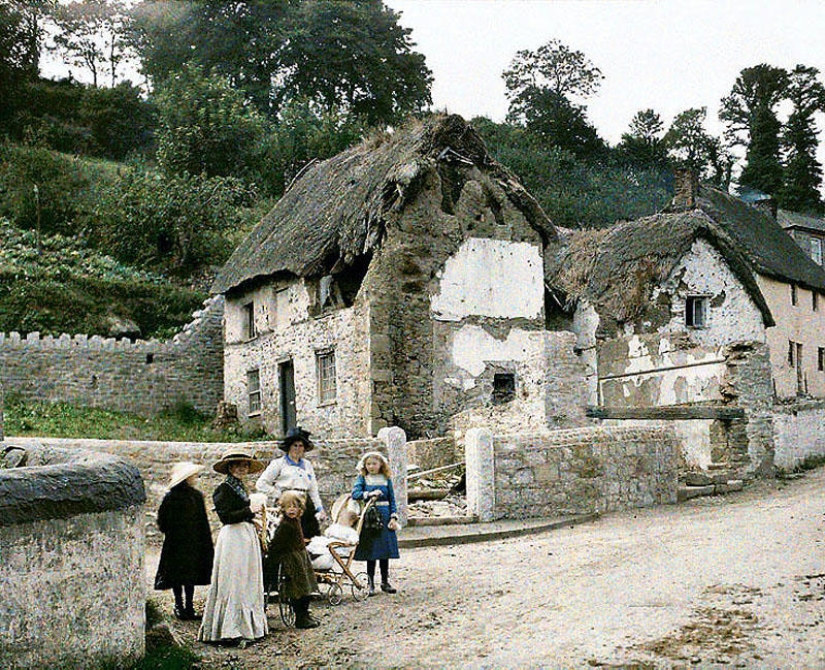
21. Village in Cornwall photographed by Auguste Leon, 1913
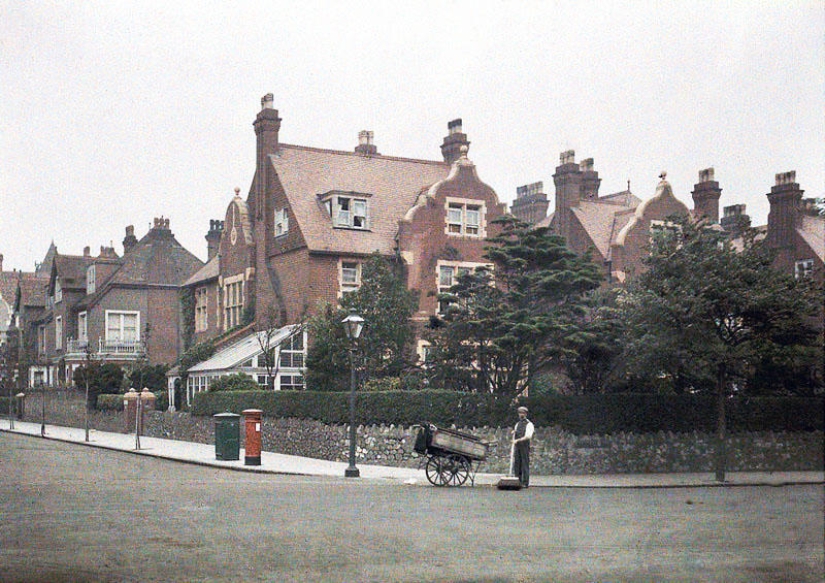
22. Compare with a typical English bourgeois quarter in 1913.

23. And so the townspeople lived simpler, a street in the town of St. Ives
A little more Europe in 1913.
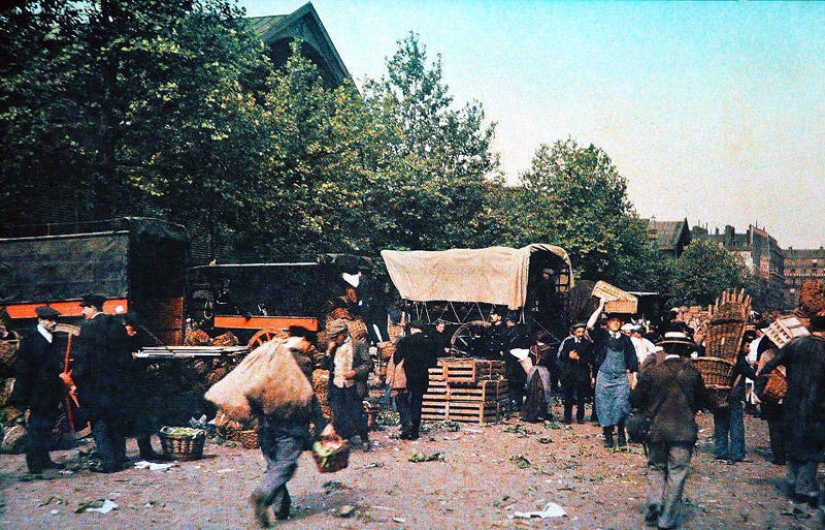
24. Market in Paris
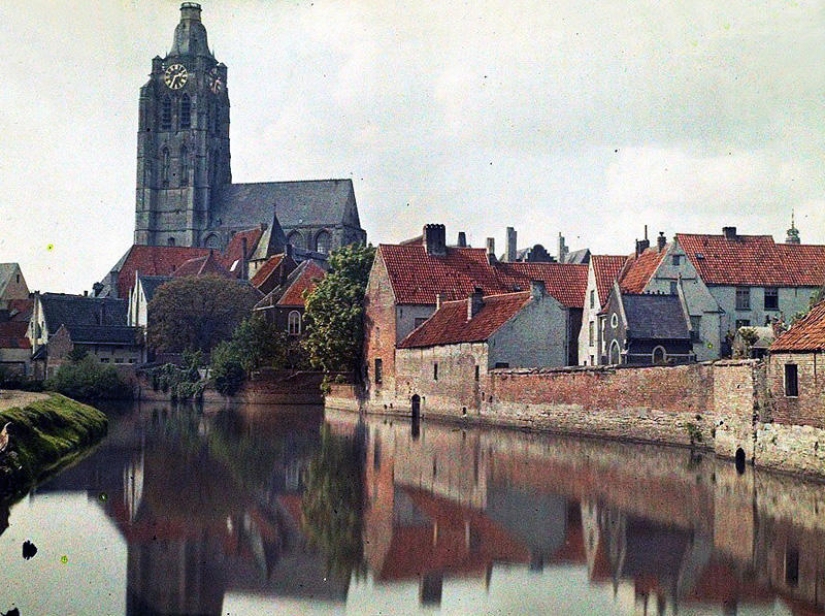
25. Saint-Walburgachurch in Oudenaarde, Belgium

26. In the port of Genoa
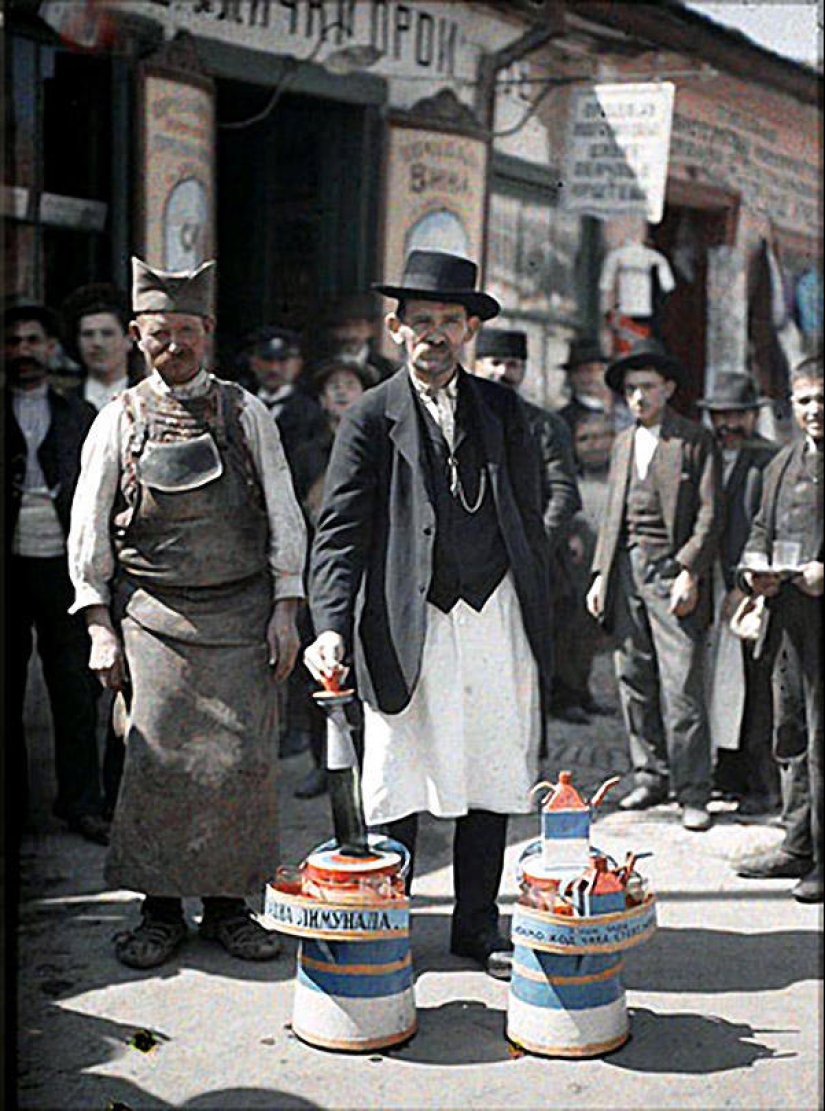
27. Lemonade vendors in Belgrade
By 1913, transoceanic shipping had flourished, especially in the Atlantic, which was plied by dozens and hundreds of luxury liners.
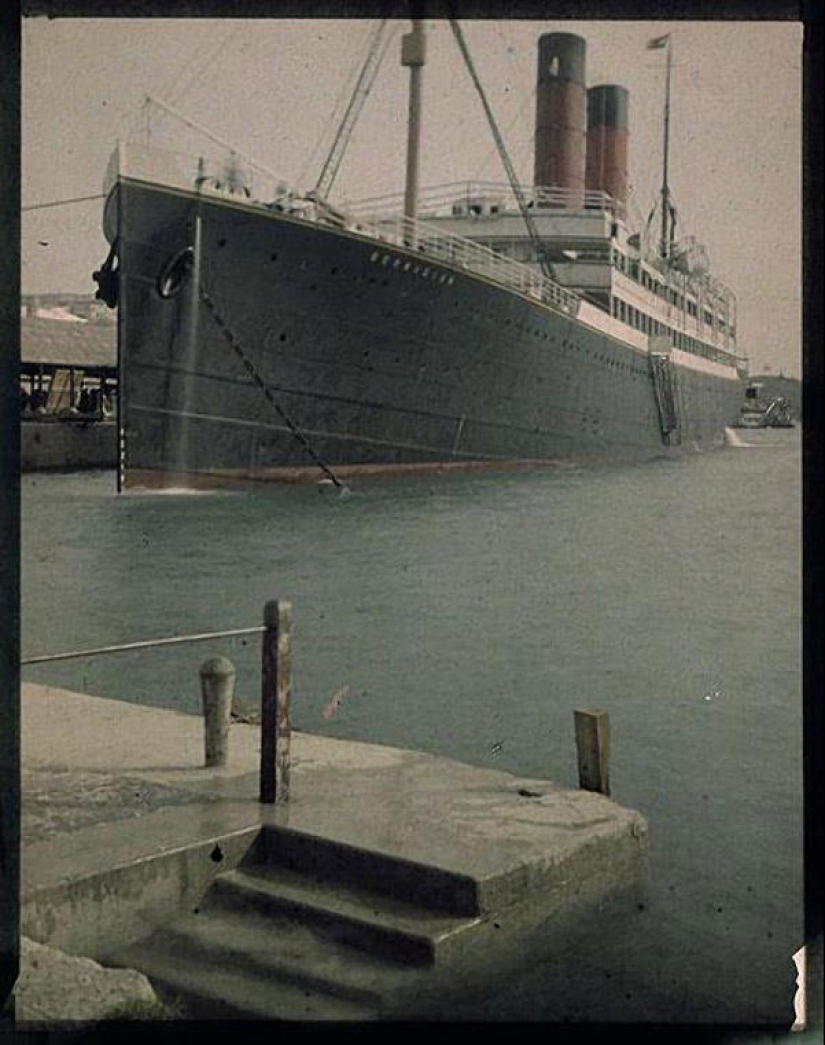
28. Steamboat BERMUDIAN in Hamilton Harbor in Bermuda, 1913
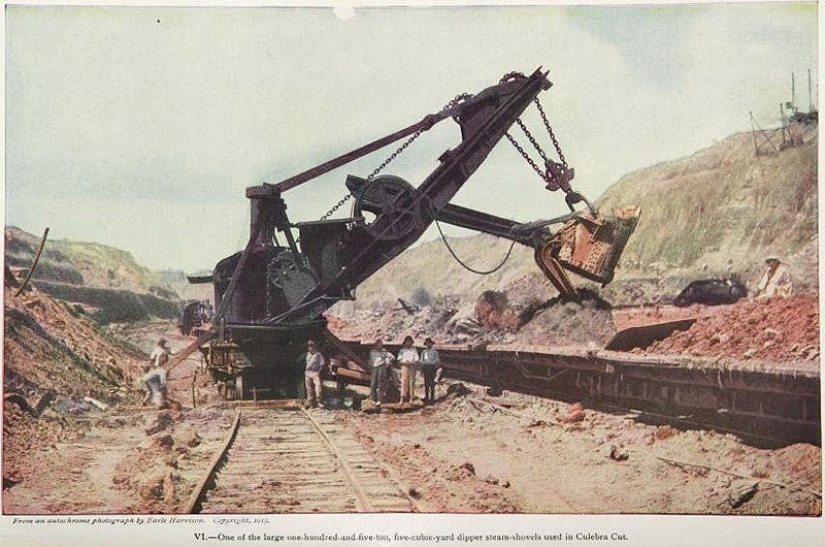
29. The Americans almost completed the Panama Canal, which will be opened next year, 1914
Let's go back to Asia.

30. Residents of Indian Agra photographed by Stefan Passe, 1913

31. Taj Mahal 100 years ago was exactly the same
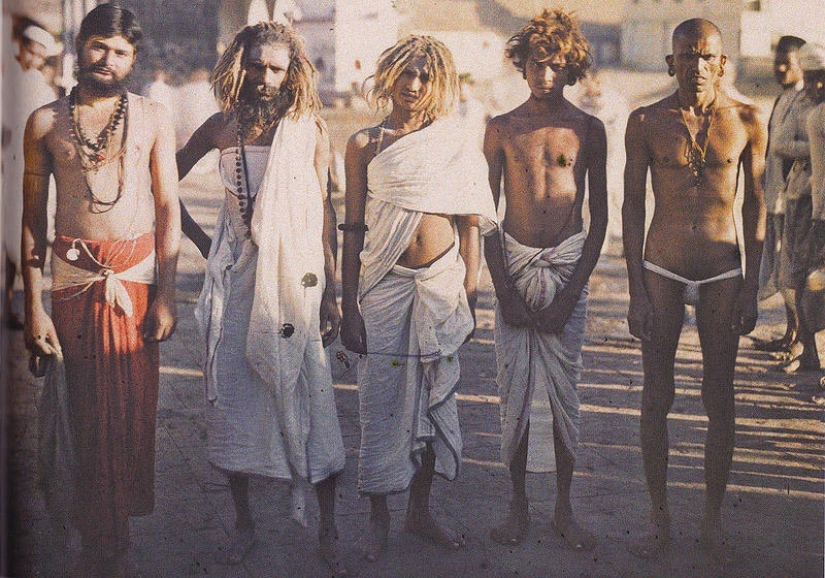
32. On the street of Bombay in 1913
And a little bit of Africa in 1913.
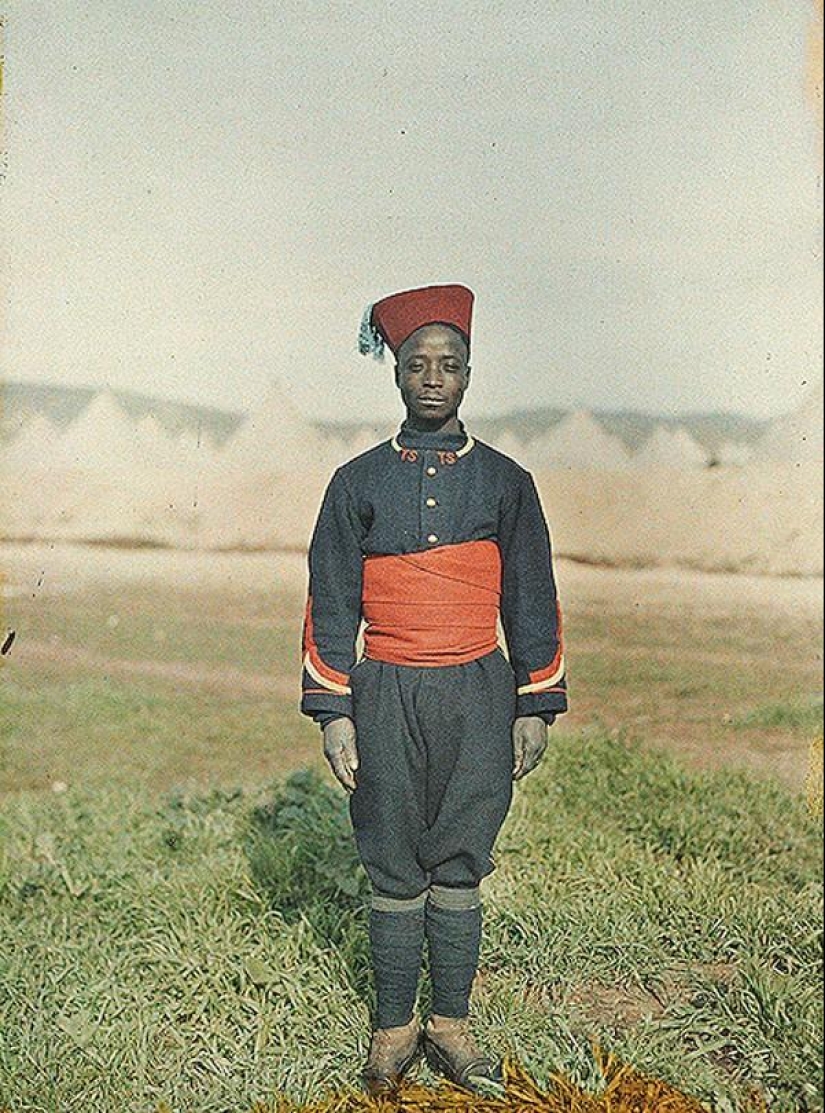
33. Senegalese shooter near the city of Fez in Morocco in the picture of the same Stefan Passe
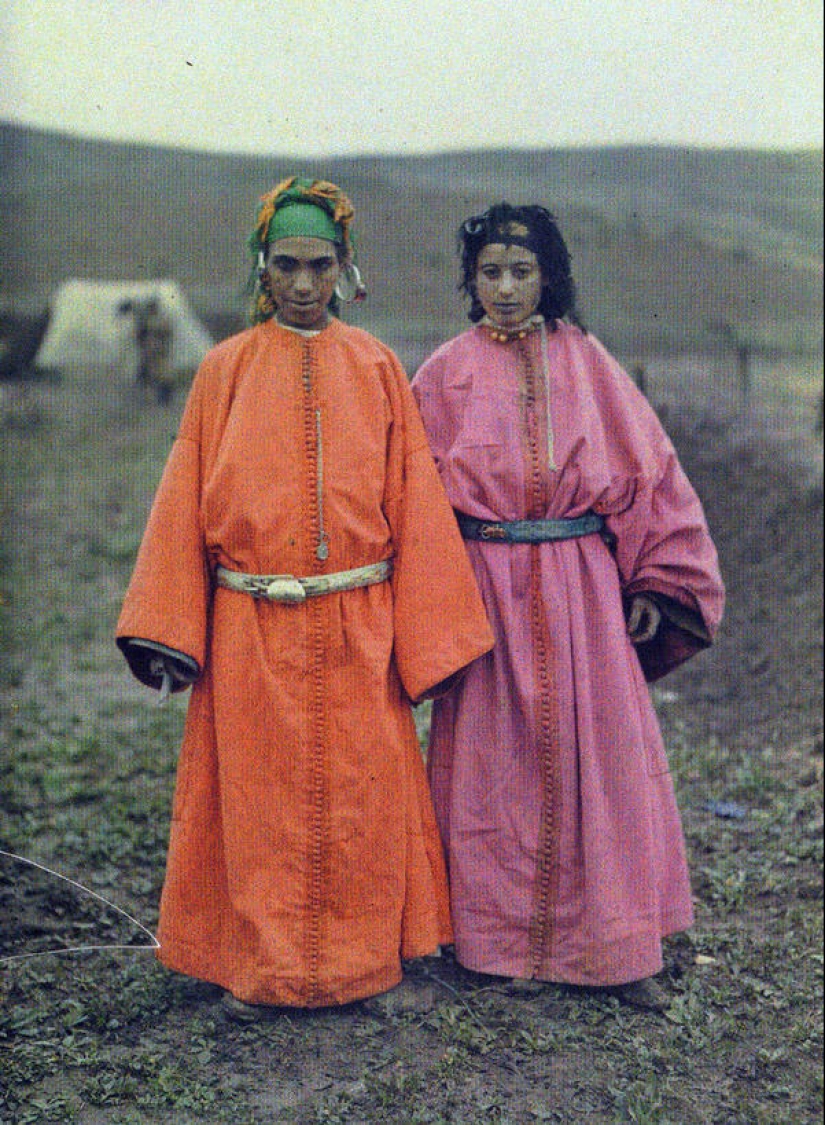
34. Moroccans
Keywords: 20th century | Autochrome | Archive | Color photograph
Post News ArticleRecent articles

Jacques-Henri Lartigue (1894-1986) is perhaps the most famous "amateur" in the history of photography. The art world discovered his ...

It turns out that an active lifestyle is useful not only for the body but for the brain. Exercise strengthens muscles and spirit, ...
Related articles

The Indochina Peninsula, located in southeast Asia, is a favorite place for tourists all over the world. Myanmar, Thailand, Laos, ...

After the surrender of Japan in 1945, allied forces led by the US invaded the country. The Empire disintegrated, its form of ...

About each nation there are stereotypes. For example, the Germans say that they love the "Ordnung", discipline and purity. This ...

Most major companies profanity is not encouraged. It is considered that the profanity — it is a sign of disrespect for ...